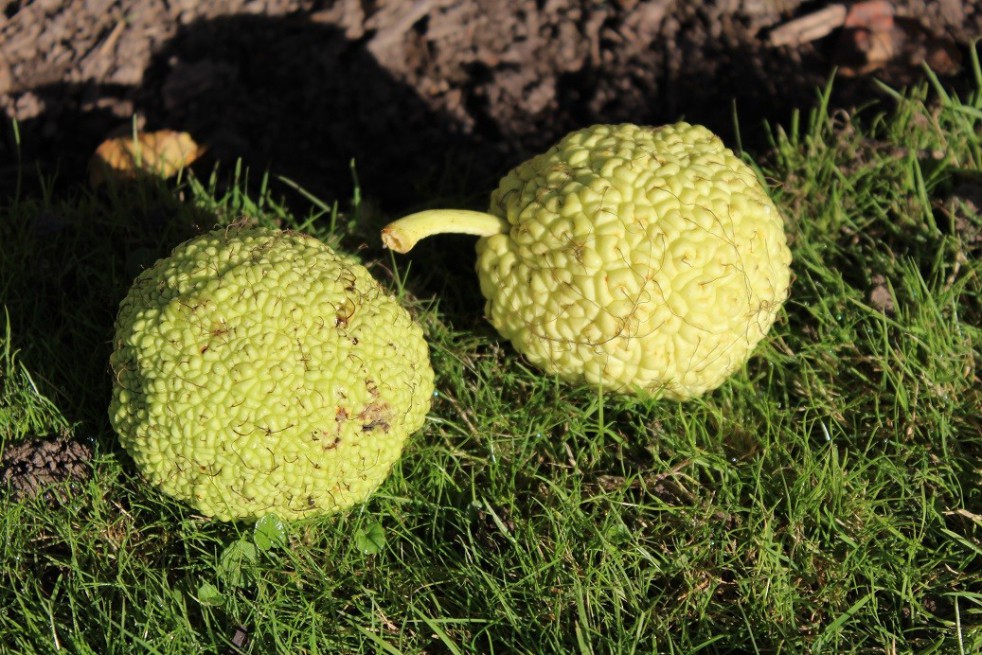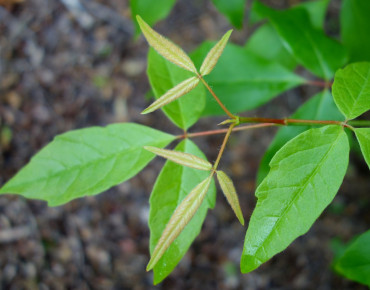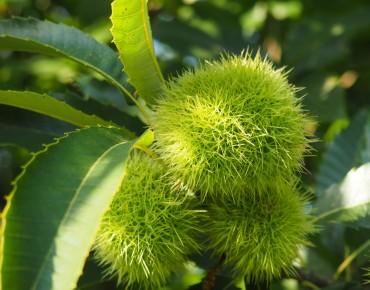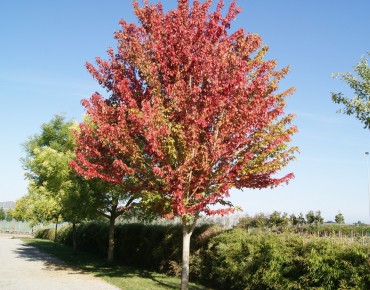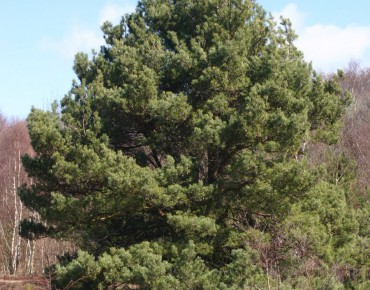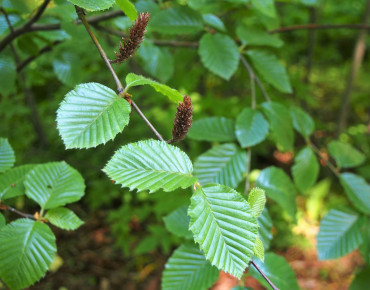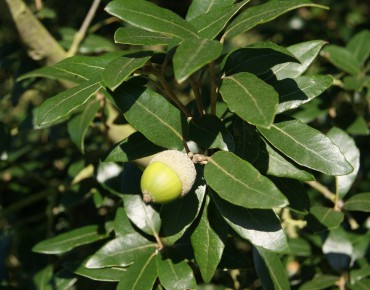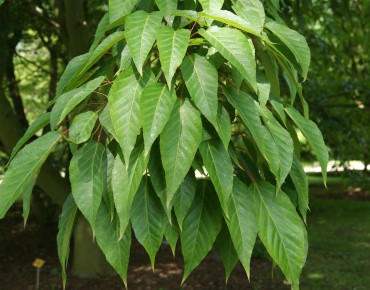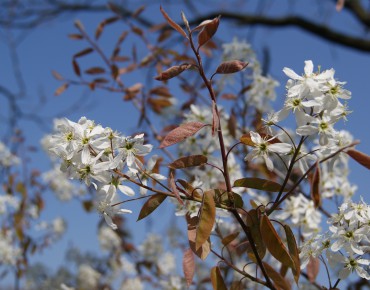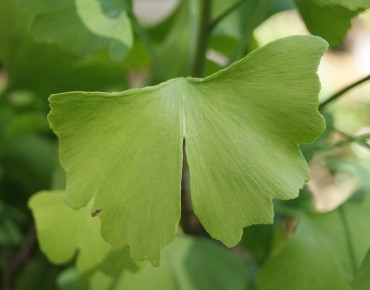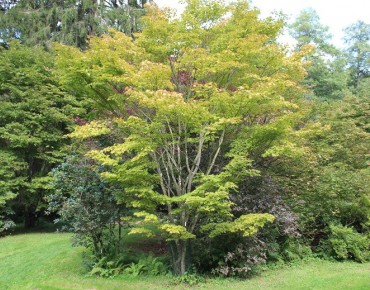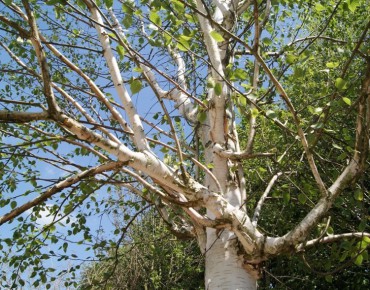Osage orange Cannonball
Maclura Pomifera Cannonball
Description
The Osage Orange tree is native to the United States, in the region of Arkansas, Missouri, Kansas, where the Osages of the Sioux family of Native Americans originated. These Amerindians used the latex of this tree as a natural pigment, and It's very hard wood in the making of bow arrows. This very hard wood is rot-proof and is used in the construction of stakes for fences and transoms for railroad rails.
The Cannonball variety has much larger fruits than the typical variety, these are the size of a bowling ball, which makes this tree more impressive.
The Osage Orange belongs to the Moraceae family, like the mulberry tree (Morus), it supports very well to be cut. Highly resistant to pollution and floods, it is very common along waterways where it maintains soil. This thorny tree is used as a defensive hedge or windbreak.
The Osage Orange is known for keeping flies away, and it is not uncommon to see quarters of its fruit at the four corners of barns in the American countryside.
The fruit is strangely similar to a grapefruit, but it is not edible, rather decorative.
Features
- Common name : Osage orange Cannonball - Hedge apple
- Family : Moraceae
- Category : tree
- Spread : 9 m
- Foliage : deciduous
- Color of flowers : green
- Fruit : verrucous greenish yellow then orange from 8-14 cm, inedible
- Harvest : August
- Use : isolated - windbreaker hedge
- Soil : all
- Habit : Rounded
- Earth to use : universal potting soil/garden soil/compost
- Enemies : nothing to report
- Possible diseases : resistant to diseases
Expédition & livraison
How does the delivery work?
 As soon as you place your order your plants are selected
As soon as you place your order your plants are selected Each order is processed individually.
Each order is processed individually. Plants are packed, staked and labeled.
Plants are packed, staked and labeled. Packaging is carefully implemented to avoid any problems.
Packaging is carefully implemented to avoid any problems. Packages are ready to be shipped.
Packages are ready to be shipped.
Our delivery methods
Shipping of our plants throughout Europe (except overseas and islands).
Customer reviews

